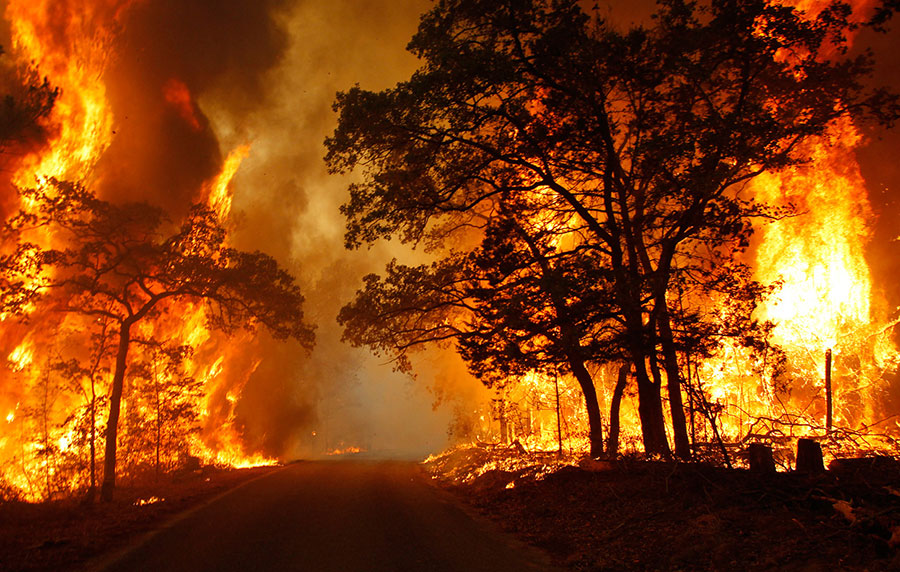Data from the World Meteorological Organization (WMO) shows that it’s almost certain that 2016 will be the hottest year on record.
Global temperatures for the year 2016 show a 1.2 °C increase when compared to preindustrial levels and a 0.88 °C increase when compared to the average between 1961 and 1990.

“Another year. Another record. The high temperatures we saw in 2015 are set to be beaten in 2016,” stated WMO Secretary-General Petteri Taalas.
We stand at the peak of global warming
Experts suggest that one of the main reasons why global temperature increased substantially was the El Niño climatic event, leading to an abnormal increase in sea levels. But there’s also Hurricane Matthew which was catastrophic for the Caribbean and its coastal cities, seeing that some research suggests that hurricanes and warmer oceans may be related.
The WMO points out that major greenhouse gas concentrations are also breaking new records, joined with low levels of Arctic sea ice and the rapid melting of the Greenland ice sheet, all of which are directly linked to global warming and the increase in sea levels.
Taalas labels Climate change as the main factor contributing to the occurrence and impact of abnormal climate events, mainly those that are supposed to occur only “once in a generation.” This includes heatwaves, flooding, storm surges, and tropical storms and cyclones.
Although the Paris Agreement has been ratified and it was put in action with an uplifting efficiency, there is much uncertainty about the future, seeing that Trump is a strict conservative that believes climate change is a hoax orchestrated by China as a way to force the U.S. to reduce its energy production.
Currently, the WMO is putting efforts toward helping to develop first-world countries to manage their greenhouse gas emissions to achieve the goals portrayed in the Paris Agreement, which requires signing nations to produce no more than a 2° increase in global temperature but setting 1.5° as the potential target.
The WMO is concerned about the fact that global warming does have repercussions on agriculture, water management, and saving lives, as weather technology can be propelled forward to guard each country against what’s to come if the Paris Agreement goals are not met.
The organization will release a new statement in early 2017 to summarize the data collected during 2016. The report is expected to be sponsored by the United Nations to make a more binding impact towards acknowledging climate change as a serious issue that concerns every person living on earth.
Even if the next president denies that climate change even exists, the WMO states that over 30 extensive studies published in the Bulletin of the American Meteorological Society between 2011 and 2014 prove that human-induced climate change was a contributing factor to the formation of abnormal weather events.
“Population migration is expected to increase as a result of more frequent and potentially more intense weather-related disasters, competition and conflict over shrinking resources, and rising sea levels rendering coastal and low-lying zones uninhabitable,” stated the WMO in its latest report.
Source: World Meteorological Organization
